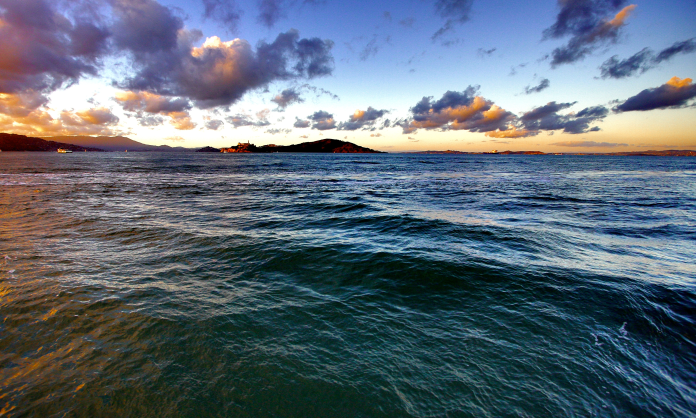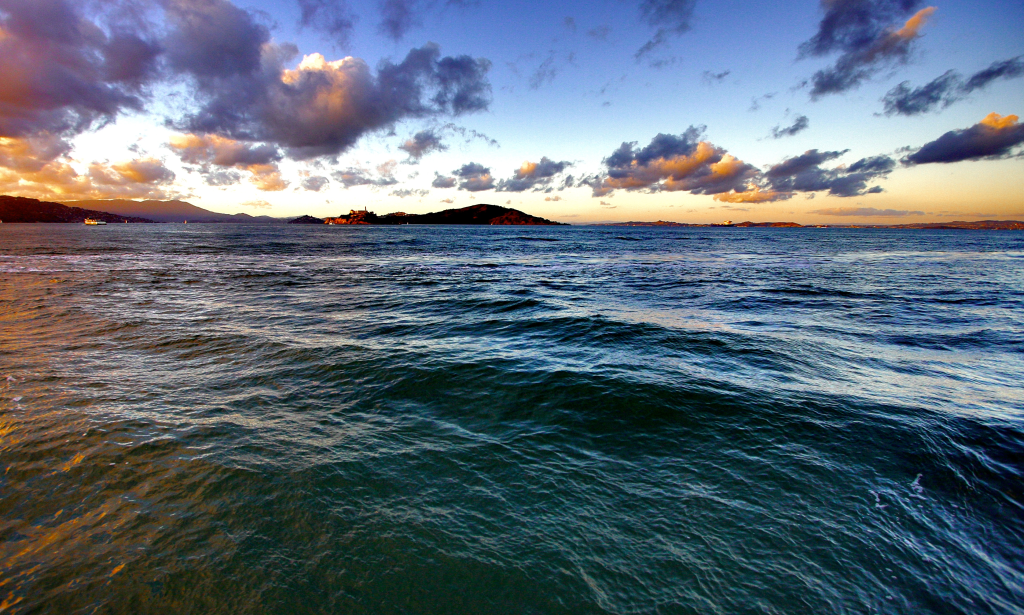
One square meter of mud almost 10,000 meters under the Pacific Ocean now holds a tale that might rewrite biology textbooks and perhaps even the hunt for extraterrestrial life. In a recent expedition, scientists found thriving colonies of tube worms and molluscs in the black, crushing depths of the Kuril–Kamchatka and Aleutian trenches, defying long-standing assumptions about the limits of life and how organisms can thrive without sunlight.

1. Engineering the Descent: Submersibles at the Edge of the Abyss
The engineering marvel of going so far down is impossible to overstate. The Chinese full-ocean-depth sub Fendouzhe (“Striver”) made 23 dives into the Mariana Trench and nearby Pacific trenches, enduring pressures of more than eight tons per square inch more than a thousand times that at sea level. The hydraulically driven manipulators, high-definition cameras, and specially designed biological and geological collection boxes of the vehicle allowed safe recovery of both delicate fauna and sediment samples, while laser scaling systems gave accurate spatial references for density estimates of the deep-sea populations in each dive.
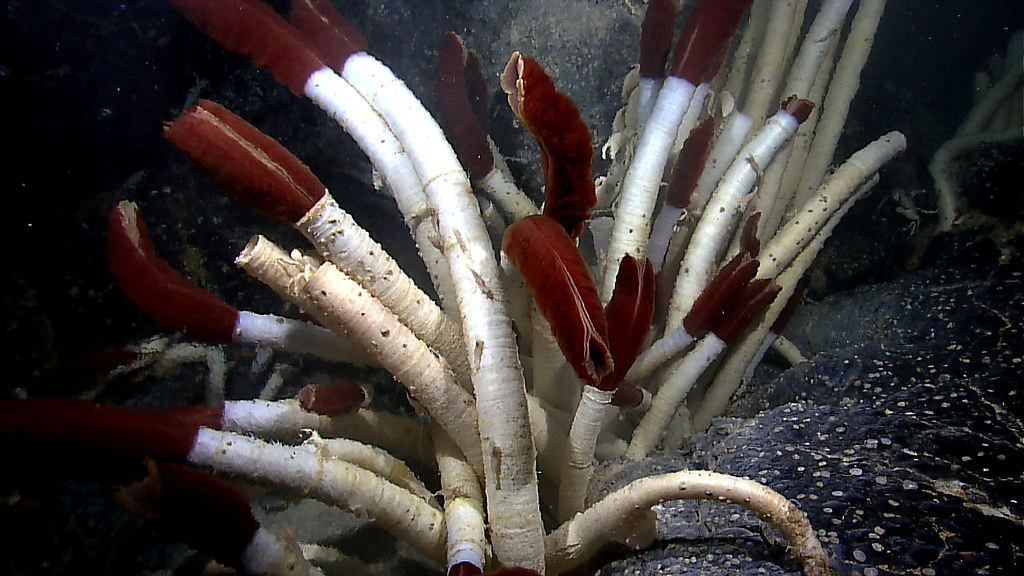
2. Extreme-Depth Ecosystems: A Living Kaleidoscope
The findings unveiled the deepest and largest chemosynthesis-based communities known to inhabit our planet. Fieks of tube worms, up to 30 centimeters long, and thick clusters of bivalves were seen at depths ranging between 2,500 and 9,533 meters. Video recordings showed what scientists called a “river” of chemosynthetic life, coloring the trench floors with surprising biological vigor. “Establishment of the deepest and largest chemosynthesis-based communities thus far documented on Earth,” the authors of the study wrote, “indicates that these chemosynthesis-based communities may be more ubiquitous than was previously expected.” The communities weren’t isolated patches but extended 2,500 kilometers along the trench floors in a discrete ecological zone over geological faults where methane and hydrogen sulfide bubble up from the seafloor in a living kaleidoscope of deep-sea life.

3. Chemosynthesis: Life Without Sunlight
In contrast to the majority of terrestrial and coastal marine organisms, which rely on photosynthesis, these deep-sea creatures are sustained by chemosynthesis in harnessing energy from chemical reactions in hydrogen sulfide and methane. Microbial mats that look like underwater snow collected in clusters around tube worms, leaving evidence that methane is being generated by microbes and powering the entire ecosystem.
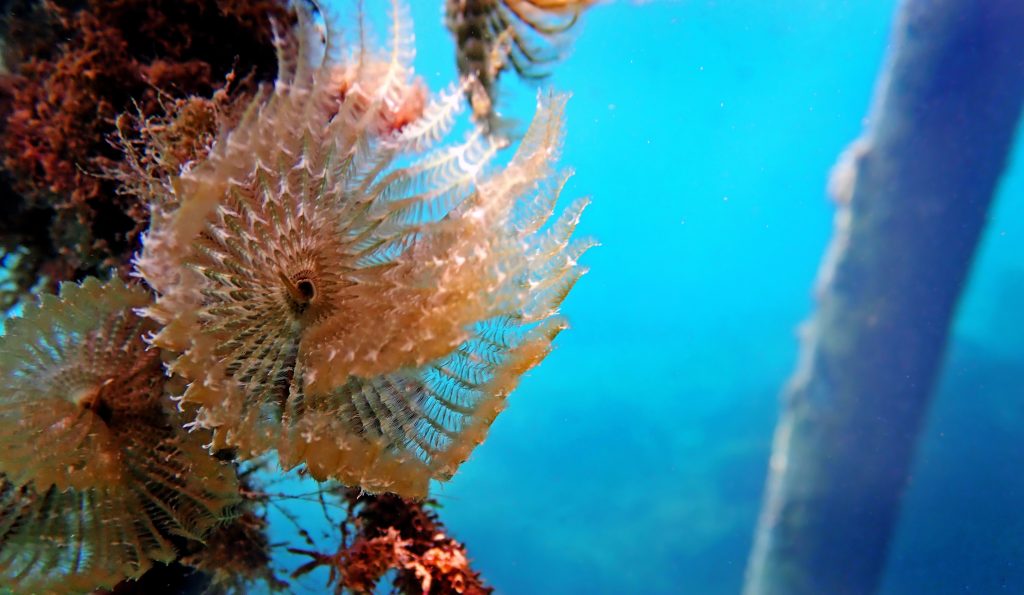
Metabolic processes are varied: sulfur-oxidizing bacteria, methanogens, and other chemolithoautotrophs power primary production, carbon fixation by cycles like the Calvin–Benson–Bassham (CBB) cycle and the reductive tricarboxylic acid (rTCA) cycle. “Microorganisms from the hydrothermal vent, such as free-living cells, symbionts of animals, and cells in microbial mats, utilize the energy generated by the oxidation of sulfur, hydrogen, methane, sulfide, and iron to fix carbon,” as explained in a recent review of deep-sea hydrothermal vent microbiology.

4. Biodiversity and Adaptation in the Hadal Zone
The Kuril–Kamchatka Trench alone produced thick populations of frenulate siboglinids, bivalves like Tartarothyasira cf. hadalis, and a suite of related fauna polychaetes, gastropods, amphipods, and crinoids. Highest densities were 5,813 Siboglinidae and 293 Bivalvia per square meter. Spatial patchiness and composition of species differed among trenches and even within individual seeps, but the repeated presence of similar taxa throughout the Pacific trenches indicates a linked system of reducing environments. Their adaptation mechanisms are as fascinating as their environments: proteins and membranes are altered to withstand denaturation at high pressure, and symbiontic associations with chemosynthetic bacteria are the rule, not the exception, throughout the hadal zone.

5. Biogeochemical Consequences: Methane, Carbon, and the Global Cycles
The deep-sea chemosynthetic assemblages are more than biological oddities they are players in global biogeochemical cycles. The ubiquity of methane-rich habitats and the presence of gas hydrates at deep depths indicate the presence of a rich and thriving microbial community in the sediments of the hadal zone. Microbial reduction of CO2 of organic matter in the sediments generates methane, which is trapped in sedimentary beds or uptaken by methane-oxidizing archaea and bacteria. This process not only sustains the animal populations but potentially also represents a hitherto unknown mechanism of carbon storage and cycling in subduction zones. “The prevalence of methane-rich conditions in two hadal trenches, where microbial reduction of CO2 from sedimentary organic matter is assumed to produce methane, indicates an active and thriving microbial community in the hadal sediments,” the study says.

6. Extremophiles and the Limits of Life
The living things that survive at these depths are not merely survivors they are extremophiles, experts at high-pressure, low-temperature, and chemically demanding settings. Many of them are barophiles or hyperpiezophiles, performing optimally at pressures greater than 50 MPa. Their adaptations involve modified proportions of saturated hydrocarbons in cell membranes, temperature-insensitive proteins, and novel metabolic pathways that enable them to use hydrogen, sulfur, and methane as energy sources. Extremophiles, particularly those that live under several extremes, are an area of study of primary interest for several fields, ranging from the investigation of adaptations to extreme environments, to the biogeochemical cycling of elements, as recapitulated in a thorough review of extremophile biology and astrobiology.

7. Astrobiological Implications: Earth Analogs for Alien Life
The most significant implication of these findings may be in the realm of astrobiology. The presence of healthy, chemosynthesis-based ecosystems in the absence of sunlight implies that such life could also be present in the subsurface oceans of ice moons such as Europa and Enceladus, or even on the surface beneath Mars. “Extremophile research in the past few decades has stretched our imagination of the extent of conditions to which life can survive and, in the process, has made scientists a lot more hopeful about the potential that life could exist elsewhere in the universe,” observes a review on Earth analogs for extraterrestrial habitability and the search for biosignatures. Metabolic diversity, pressure resistance, and dependence upon chemical energy as opposed to solar energy result in this deep-sea community being an example of what could be achieved elsewhere in the universe.
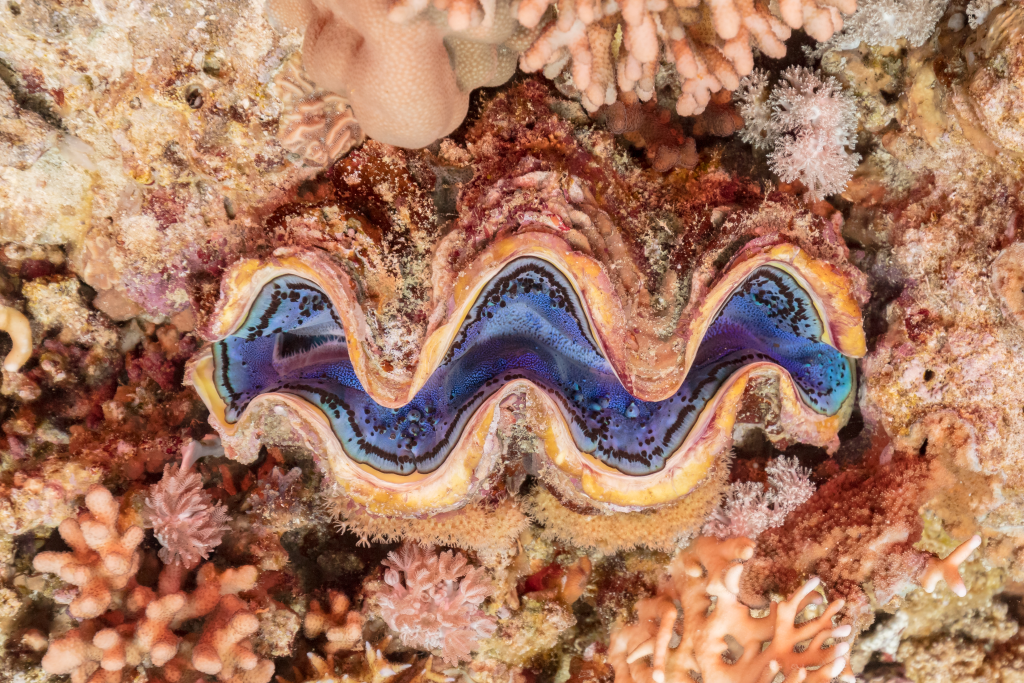
The tale being spun at the bottom of the Pacific trenches is more than one involving bizarre worms and clams it is a success story for the ingenuity of life and a guidebook for the search for life in the universe.
